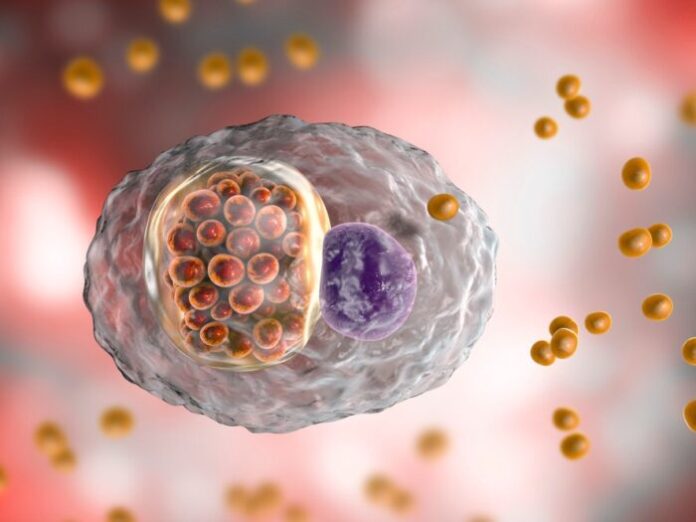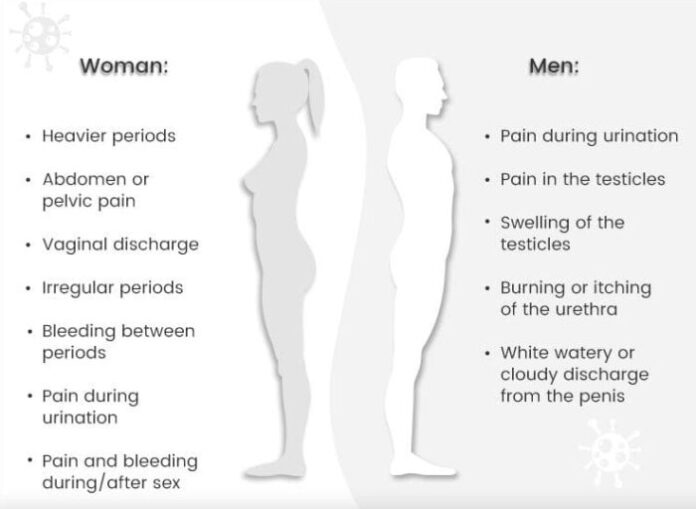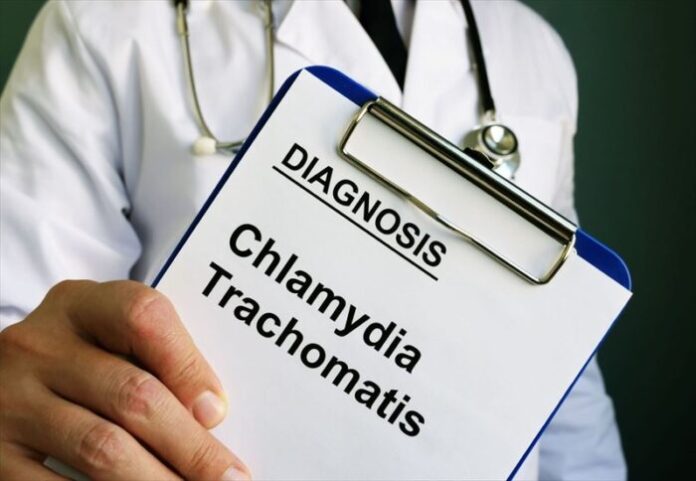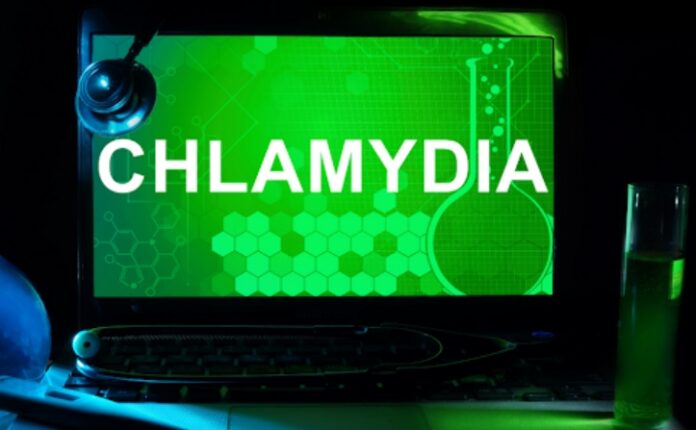Diseases come in many forms. Some may appear and go invisible without any treatment and on the other hand, some diseases can be highly infectious and lead to severe medical conditions. STDs are the ones that come in the latter type. However, not all types cause severe conditions or may lead to death. Chlamydia is one of the most commonly seen types among other types which can be cured and treated if addressed correctly.
In the article, we walk you through what Chlamydia is, types of STDs, statistics of Chlamydia, 3 symptoms, and much more.

What are STDs?
According to the World Health Organisation (WHO), there is nearly 1 million-plus case of new STDs recorded every day across the globe, the research also suggests that the number can be quite higher as many cases go unreported. STD are infectious diseases that have the primary transmission through intimate contact with the infected person.
Some types can also be transmitted through non-intimate contact such as accepting blood donations from an infected person or exchanging used razors.
There are more than a couple of dozen types of STDs that are infecting people around the world. But only a handful of them are highly contagious and have the highest toll in overall cases. Chlamydia is one of them.

What is Chlamydia?
Chlamydia is a type of STD that is caused by a bacterium called Chlamydia Trachomatis. This disease primarily spreads from one person to another through sexual contact.
Chlamydia Statistics
In the United States alone, Chlamydia is the number one STD that is responsible for the majority of the STD cases, followed by Gonorrhea. What is disheartening is, nearly 50% of the cases are reported from young teenagers, who fall between the age of 15-24. In the year 2018 alone, Chlamydia cases broke the record at a whopping 4 million cases in the US alone, according to the Centers for Disease Control and Prevention (CDC) reports.

Symptoms of Chlamydia
Symptoms and signs of STDs can be a little tricky if not watched keenly in the initial phases. Signs of the disease do not appear on the first day once you have contracted the disease from an infected person nor in a couple of days’ time. Symptoms of Chlamydia can take anywhere between several days to even weeks for the signs to pop up.
Following are the 3 symptoms that indicate you have Chlamydia:
1. Pain while urinating

This is one the most commonly seen Chlamydia symptom and often the most misinterpreted one. Urinary Tract Infections, UTIs in short, can also cause pain or burning sensation while urinating. However, the STDs can also cause a burning sensation while passing urine as the bacteria invades through the urethral opening and can lead to infections.
2. Genital discharge

If you are infected with Chlamydia or similar other bacterial STDs like Gonorrhea, then there are high chances of experiencing genital discharge. The Chlamydia bacteria causes the genitals to leak a pus-like substance that may be yellow, green, or white in color. If you see an unusual discharge and if that is painful, consult your doctor right away.
3. Sore throat

Sore throat is a commonly seen symptom across various STDs and from those who practice oral intimacy with an infected person. The bacteria enters the oral cavity during intimate contact and starts to infect the mouth and the throat. Sore throat and tonsil pain can be a sign of Chlamydia.
How to Test for Chlamydia?
If you feel you have any of the above symptoms, then it is highly advisable to get tested for Chlamydia STD and to confirm your condition for sure. Getting tested for any diseases, be it diabetes or cancer has become effortless, as everything is just one click away. So does for Chlamydia testing. If you want to get tested for Chlamydia, find the best lab near you with DxSaver.com.

Can Chlamydia be Cured?
With advancements in technology and medicinal science, new diagnostic tests have come that helps in detecting the abnormalities in very early stages. Chlamydia is a bacteria-caused STD that can be easily treated and cured completely if you are able to figure it out that you have Chlamydia in the initial phase. If you experience any of the above symptoms, then get tested for Chlamydia as soon as possible.
If the test comes positive, your doctor will prescribe you medications according to the stages of your disease and the symptoms you exhibit. It is important to complete the full course of medicine to get completely rid of the Chlamydia bacteria. Sometimes, you may not see the symptoms after a few doses, but that doesn’t mean you are completely cured. Completing the course in full is highly recommended.

Conclusion
All the diseases have some consequences. However, not all diseases have long-term effects, like staying forever in our body such as HIV. Most of the diseases including many types of STDs are curable if detected and diagnosed at the right time. Put it simply, leading a healthy lifestyle in the first place will keep you away from harmful diseases. Always eat the right nutritious food, work out on a regular basis, and avoid alcoholic beverages. Try to spread the knowledge of Chlamydia and other STDs to your known fellows and help stop the spread of this epidemic.









